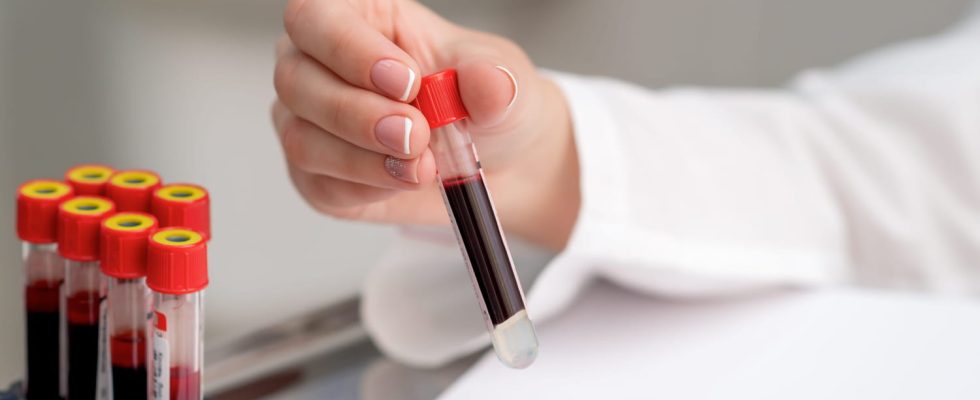Excessive amounts of glucose (sugar) in the blood indicate diabetes.
To make the diagnosis of diabetes, we rely on measuring the level of glucose in the blood, also called “glycemia”. “Glucose is an essential source of energy for the functioning of all cells in the body” reminds us of Dr Rémy Besin, general practitioner, but “it is toxic for some as soon as this concentration is too high, in particular the kidneys, the heart, the brain, the retina”. “When you eat, foods containing carbohydrates are broken down into glucose, which is then absorbed into the bloodstream. This leads to an increase in blood sugar”. In response to this increase, the pancreas secretes insulin to regulate blood sugar levels. In case of diabetes, there is no this regulation and the sugar level rises.
There are 4 types of diabetes but we retain two: type 1 diabetes and type 2 diabetes. The first, associated with brutal symptoms such as excessive thirst and increased urination is “linked to a disruption of the immune system which attacks and destroys the beta cells of the pancreas, which produce insulin” explains Dr. Besin. Without insulin, glucose cannot enter cells to be used as an energy source, and it builds up in the blood, leading to high blood sugar. The second, type 2 diabetes, is the most common. “In this case, the body does not produce enough insulin or becomes resistant to the insulin produced. This means that glucose cannot be effectively absorbed by cells, which also leads to a buildup of glucose in the blood. “
If in doubt, the doctor will order a blood test including the analysis of fasting blood sugar but also random blood sugar and glycated hemoglobin (HbA1c). In a healthy person, fasting blood sugar (taken after a 12-hour fasting period) is generally maintained between 0.70 grams and 1.10 grams (g/L) of glucose per liter of blood. “In diabetics, blood sugar levels are regularly above 1.26 g/L” Dr Besin tells us. So “a blood glucose level equal to or greater than 1.26 g/L in two different tests is generally considered indicative of diabetes” confirms Dr Catherine Draunet-Busson, endocrinologist-diabetologist at the Inkermann Polyclinic in Niort.
“These people must be detected”
A random blood sugar is taken at any time of day, regardless of the last time you ate. “If your random blood sugar is above 2 g/L and you have classic symptoms of diabetes, – such as polyuria (frequent need to urinate, especially at night), polydipsia (excessive thirst), feeling tired and tired. general weakness and unexplained weight loss – this may indicate that you have diabetes” continues the endocrinologist. Finally, the HbA1c test measures the percentage of hemoglobin in the blood that is glycated (i.e. linked to glucose) and gives an indication of your average blood sugar level over the last two to three months. “An HbA1c level of 7% or greater is generally used to diagnose diabetes.”
Diabetes screening tests are recommended for people with high risk factors for diabetes such as obesity, high blood pressure, family history of diabetes and physical inactivity which according to Dr. Draunet-Busson “should be screened regularly“. “Similarly, people with a medical history, such as cardiovascular disease, high cholesterol, polycystic ovary syndrome…may require more frequent diabetes screening.” Finally, people with classic symptoms of diabetes, such as frequent need to urinate, excessive thirst, fatigue, unexplained weight loss, etc. should also be screened.
